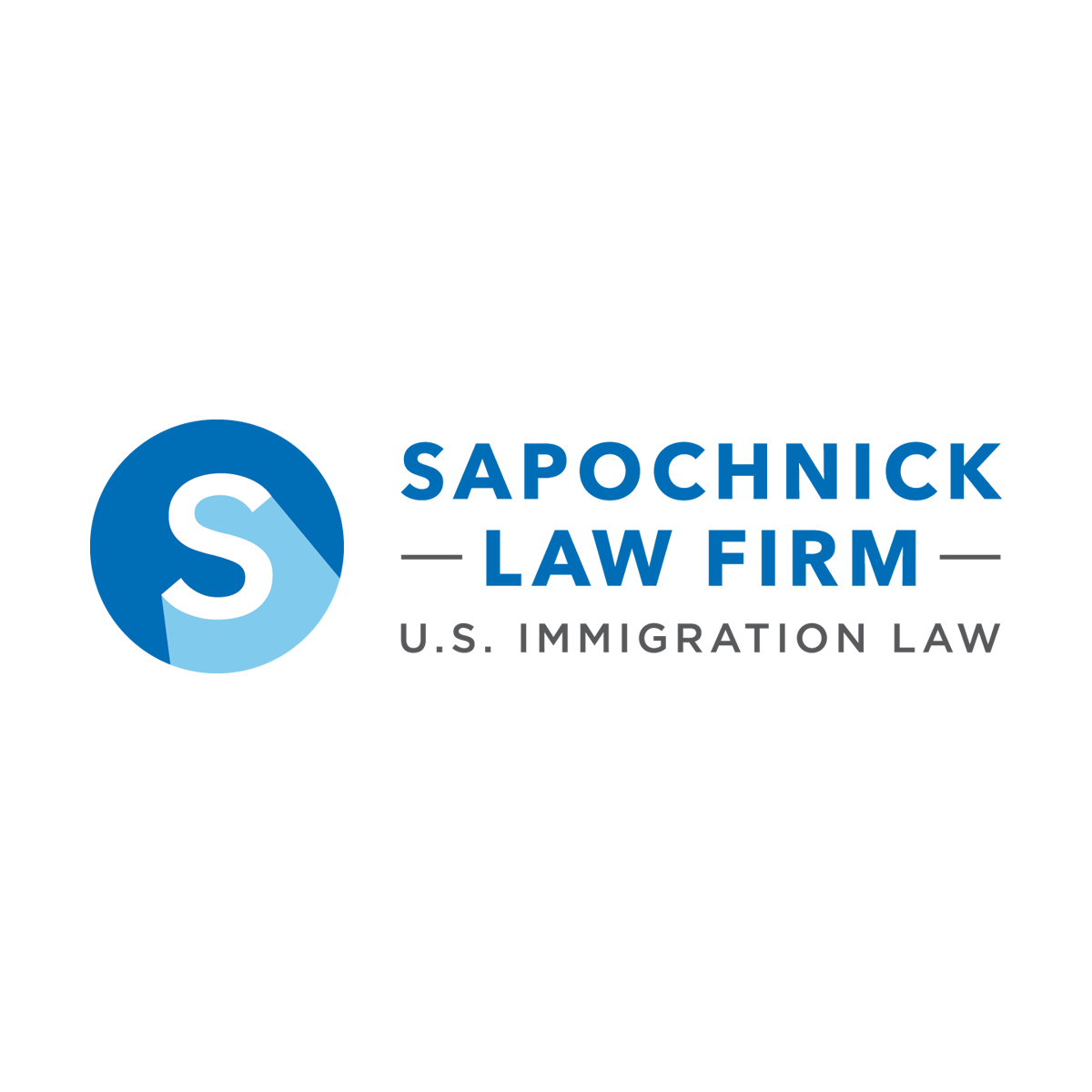Trademark Fundamentals – Materials Not Eligible for Trademark Protect
Not all trademarks can be protected. Under U.S. trademark law, certain types of materials are excluded from protection. This article will highlight key categories of non-registrable material to avoid. This article will highlight key categories of non-registrable material to avoid.
- Deceptive Marks
The U.S. Patent and Trademark Office (USPTO) will refuse registration of marks that are deceptive. This includes marks which mislead consumers as to the nature, quality or geographic origins of goods or services. For example, using the word “Organic” for goods that aren’t organic could be considered deceptive. - Marks that Falsely Suggests a Connection
Trademarks that falsely suggest a connection with persons (living or dead), institutions, beliefs, or national symbols are also barred from registration. If a trademark implies an association that doesn’t exist–for example, using a celebrity’s name without permission–it can be refused on these grounds. - Flags, Coats of Arms, and Other Insignia
Trademarks that incorporate flags, coats of arms, or other official insignia of the United States, any state or municipality, or any foreign nation are not eligible for trademark protection. This is to prevent confusion or the suggestion that a product or service is endorsed by a government entity. - Marks Protected by Statute or Convention
Certain symbols, terms, and designs are protected under specific statutes or international agreements and cannot be used as trademarks, such as the Red Cross symbol and the term “Olympic.” - Names, Portraits, or Signatures
A trademark application that consists of a name, portrait, or signature identifying a living individual or deceased U.S. president requires written consent from that individual or their estate. Without consent, these elements cannot be registered to respect privacy and publicity rights. - Geographic Significance
Marks that are primarily geographic descriptions are typically not registrable. This is true when the geographic location is well-known and the name implies a connection between a product and that location. For instance, “Napa Valley Wine” can only be used for wines from that region. - Surnames
Surnames alone do not qualify for trademark registration unless they have acquired distinctiveness through extensive use in commerce. A surname like “Johnson” would be difficult to protect as a trademark without proof that consumers associate the name specifically with the applicant’s goods or services rather than merely as a family name.
Takeaway
Knowing what cannot be protected as a trademark is as important as knowing what can. Avoid these non-registrable types of trademarks when developing your brand identity to ensure your trademark applications will be successful and your brand can be legally protected. If you are unsure, a trademark lawyer can help you navigate these complex areas, and ensure that your resources are directed towards developing a strong registrable mark.






